- HOME
- Infrared Sauna Benefits
- Essential Oils
The Best Essential Oils To Use In Your Infrared Sauna
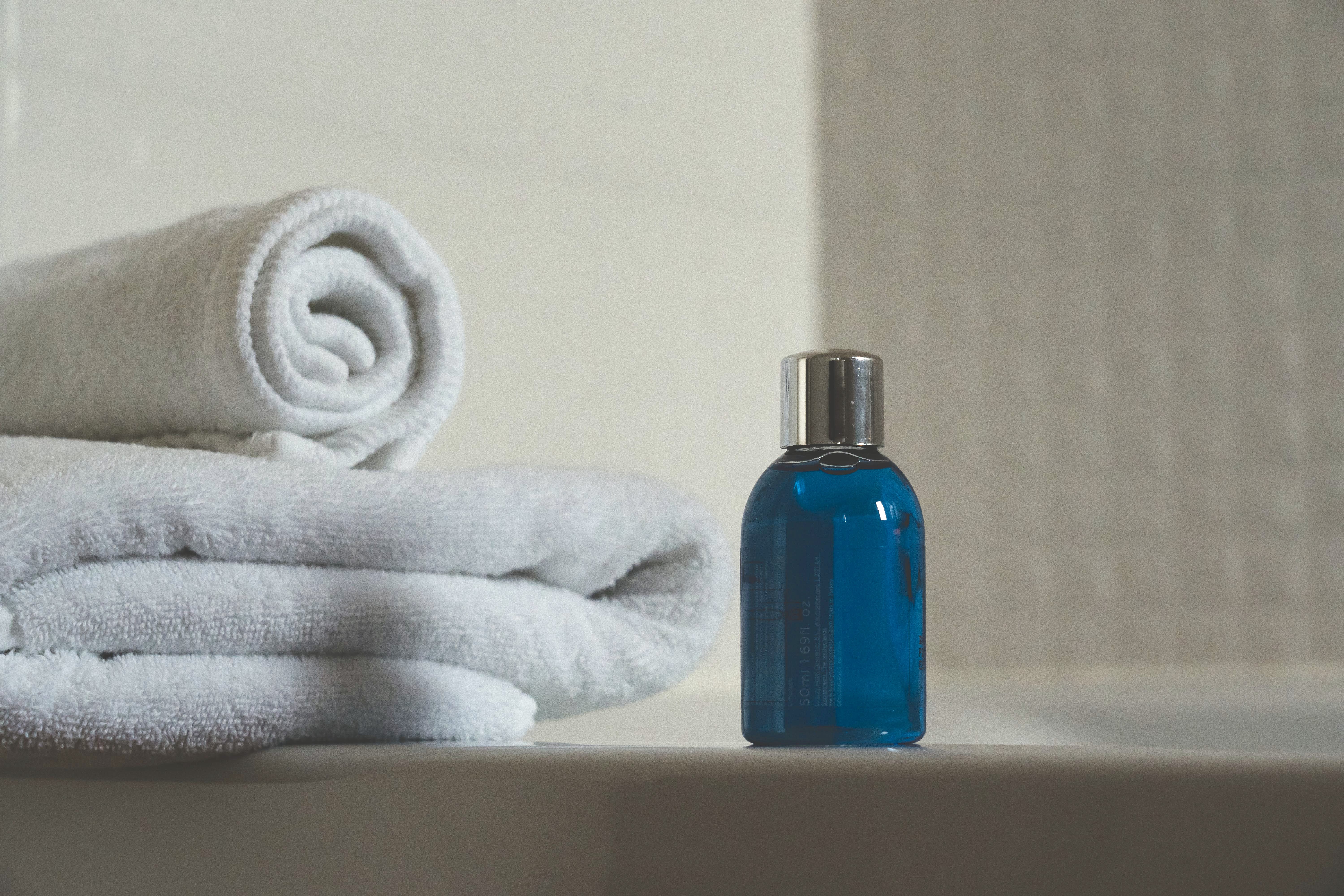
Aromatherapy in saunas, especially infrared ones, pairs the power of essential oils with the soothing warmth of infrared rays. The result is a unique and wholesome and enjoyable experience.
Choose the best essential oils for your sauna session, use them effectively, and you will reap both the physical and mental health benefits of this wellness tandem. But which essential oil aligns with your needs?
Essential Oils
Essential oils are powerful, natural, compounds that unlock beneficial effects for body, mind and soul. Plant extracts from flowers, stems, and leaves known for therapeutic and aromatic qualities. The oils are retrieved from parts of the plants through various extraction methods [1].
Steam distillation
Steam distillation is common - plant materials kept over boiling water release oils into steam. This steam then cools, separating the oil from water, and sometimes producing a byproduct with aromatic compounds that can be solved in water.

cold pressing
For citrus oils, cold pressing is preferred. The fruit is washed, agitated so that it yields its oil content, and then the oil/water mix is collected from the perforated shells or peels. The result is a vibrant, fragrant oil.
Essential Oils for every need
Popular oils like calming lavender, invigorating peppermint, respiratory-friendly eucalyptus, and antibacterial tea tree oil each show unique healing characteristics [2]. But did you know that there is an oil for almost every health issue?
Relaxation and Stress Relief
Oils like lavender, chamomile, sandalwood, and bergamot induce deep relaxation and reduce stress. Lavender and chamomile provide a calming effect, while sandalwood and bergamot help decrease stress and anxiety, creating a tranquil atmosphere in the sauna.
Respiratory Health
Essential oils such as eucalyptus, citrus, tea tree, and peppermint are beneficial for respiratory health. Eucalyptus and citrus oils clear congestion and improve airflow, tea tree oil offers antibacterial and antifungal properties, and peppermint acts as a decongestant, enhancing lung capacity and breathing.
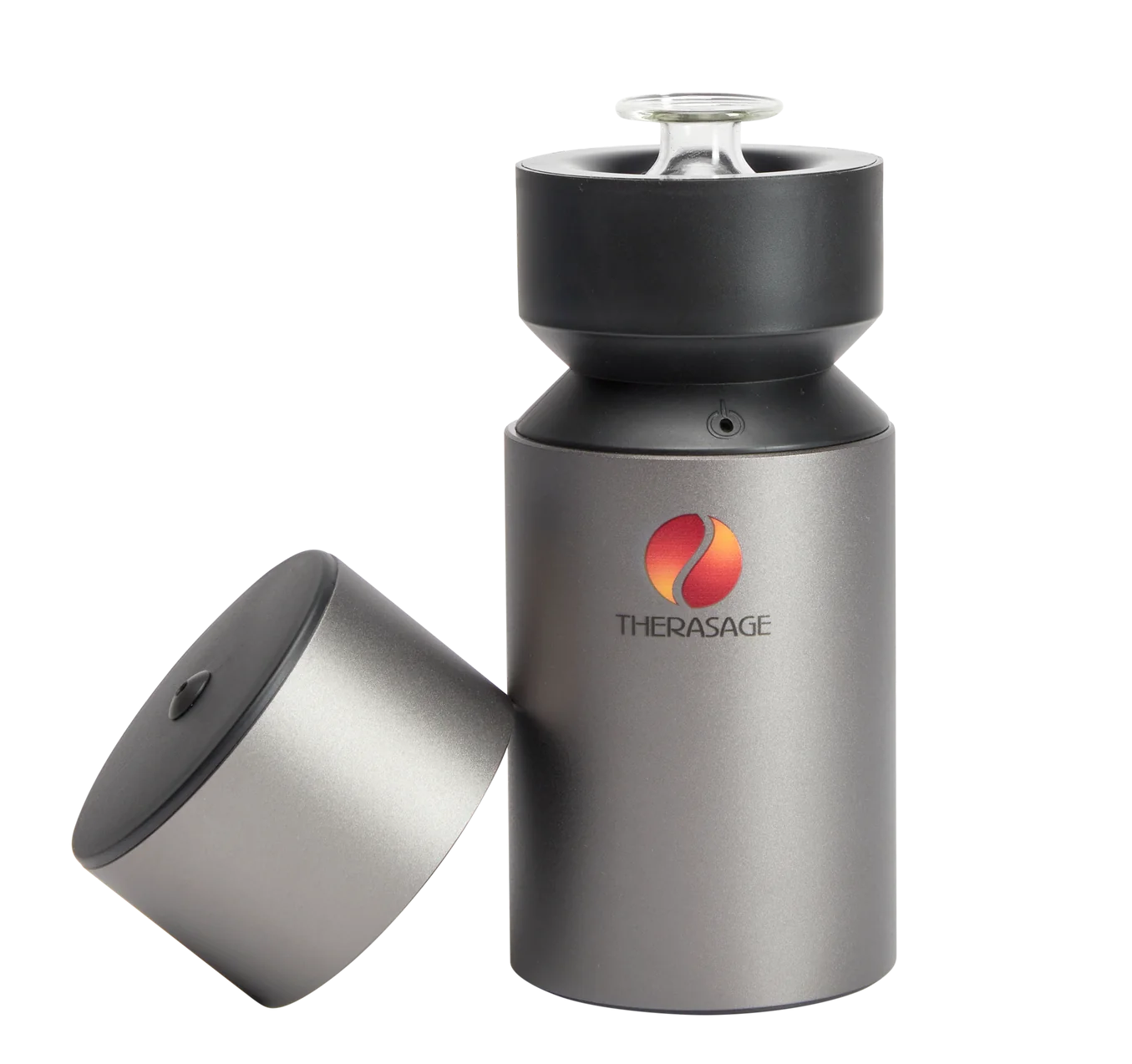
Muscle Pain and Inflammation
Eucalyptus, lavender, peppermint, and birch relieve pain and have anti-inflammatory effects. They alleviate muscle soreness and joint pain. Eucalyptus and birch specifically, decrease inflammation.
Mood and Mental Clarity
To lift your mood and evoke mental clarity, sandalwood, peppermint, lemon, and vetiver are ideal oils. Sandalwood and vetiver balance mood, while peppermint and lemon uplift and energize, destress andunwind, and sharpen focus.
immune system support
Frankincense, tea tree, and lavender oils are immune system boosters. Frankincense helps fight certain illnesses and supports overall immune performance, while tea tree will promote the overall health of the immune system. Lavender offers additional protection and brain function improvement.
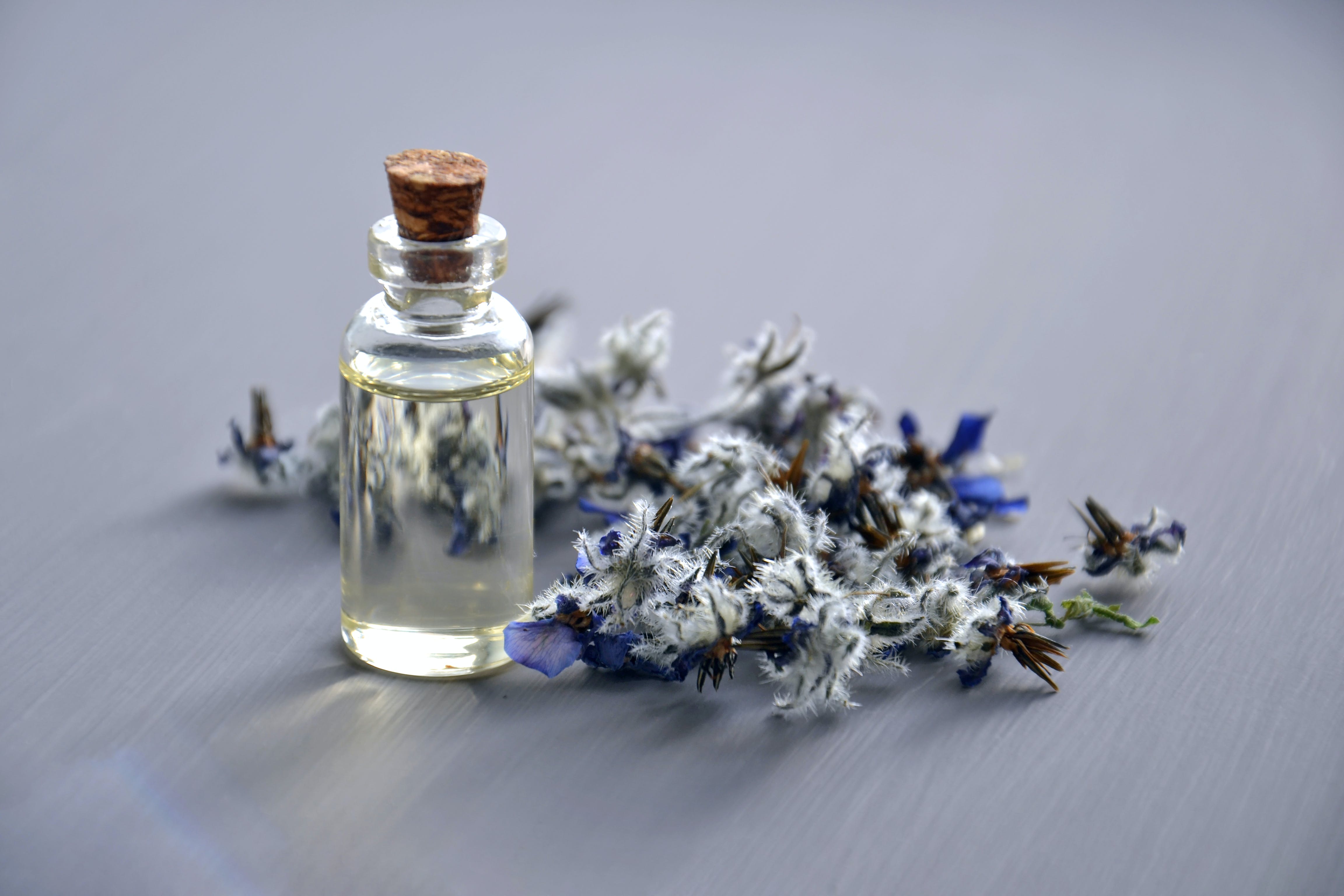
Skin Health
The oils of cedarwood, patchouli, and birch are beneficial to your skin. Cedarwood improves certain skin conditions, patchouli reduces imperfections, and birch improves general skin health.
Digestive Health
Peppermint oil is a natural remedy for stomach complaints like nausea, giving relief and digestion support.
Detoxification
Birch, juniper berry, and grapefruit are reputable detox helpers.
Sleep and Insomnia
The essential oil of lavender and sandalwood are excellent for nurturing sleep and combating insomnia. Lavender eases body and mind into a restful state, while sandalwood advances relaxation and sleep without causing drowsiness.
Congestion and Sinus Relief
Eucalyptus and pine oils are effective for congestion and sinus relief. Eucalyptus clears nasal congestion, and pine acts as a natural decongestant, easing headaches and congestion.
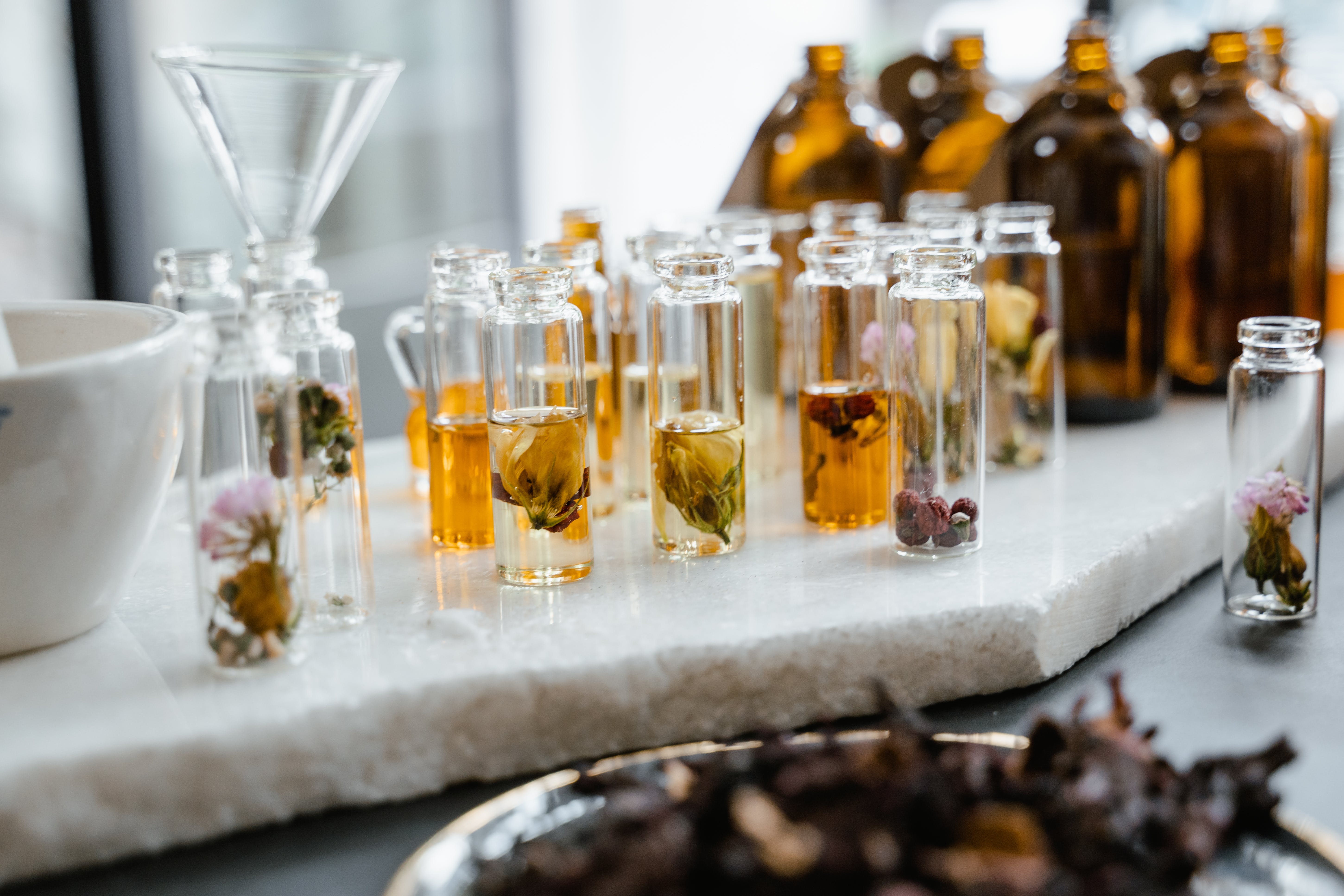
Headaches and Tension
Lavender specifically ease tension and headaches, while peppermint brings about a cooling sensation that alleviates headache.
Energy and Focus
Peppermint, pine, and citrus oils foster energy and focus. Peppermint stimulates and energizes, pine boosts focus and energy, while citrus oil gives an energizing and refreshing uplift.
Mood Enhancement and Anxiety Reduction
Bergamot, lemongrass, and tangerine improve mood and reduce anxiety. Bergamot comforts the nervous system, lemongrass encourages positive feelings, and tangerine brightens mood.
Emotional Balance
Essences of vetiver, patchouli, and cypress help balance emotions. Vetiver grounds emotions, patchouli balances, and cypress reduces anxiety.
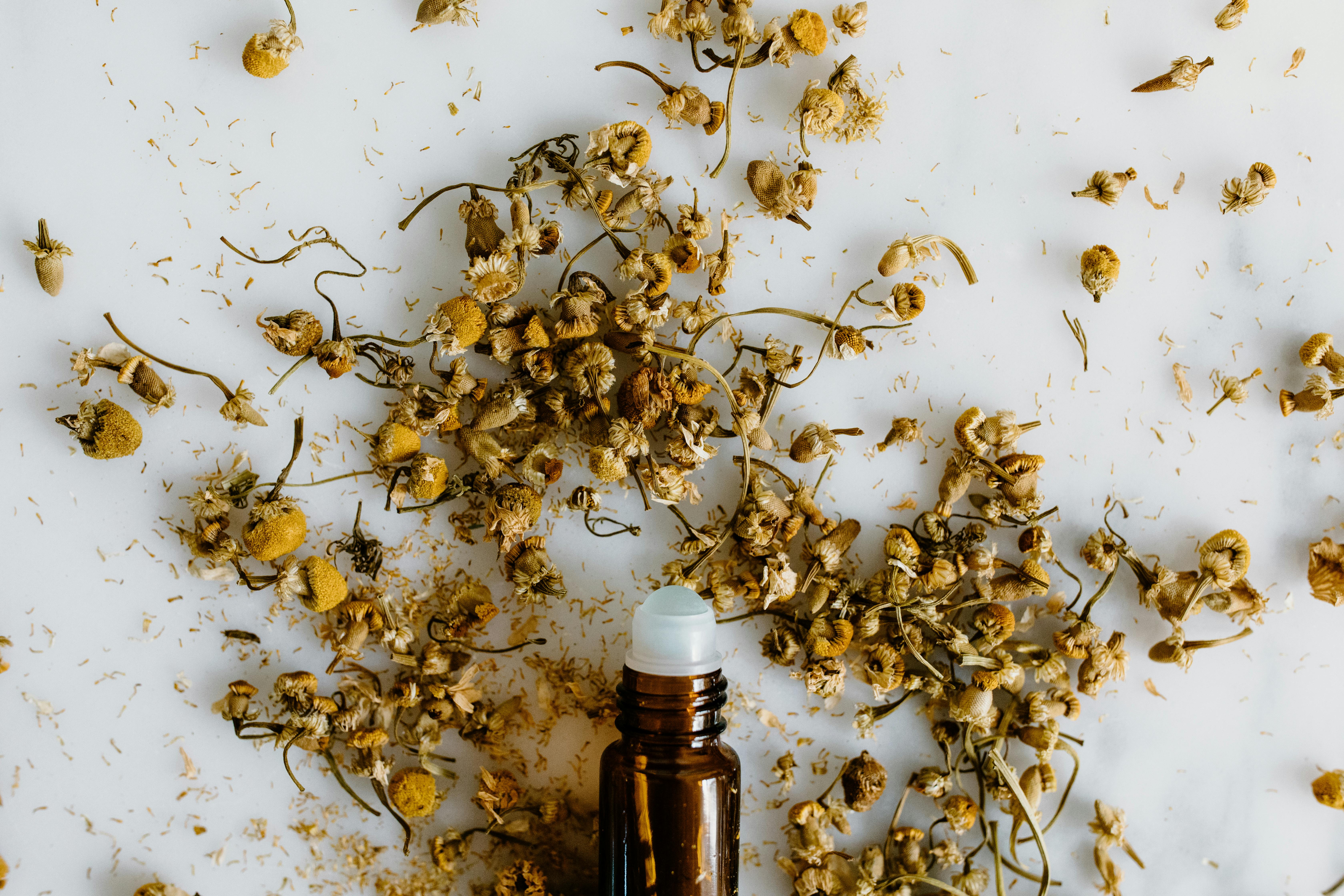
The Origins and Extraction of Essential Oils
As we discussed above, each essential oil brings out the essence of its plant source, unveiling a unique spectrum of aromas and properties. The methods used to extract these oils, such as steam distillation and cold pressing, are pivotal in maintaining their purity and essence.
This section discloses the extraction techniques of the essential oils we've discussed, giving you insight into how these natural wonders are transformed from raw plant materials into fragrant oils that contribute to well-being.
Bergamot Oil: This oil is obtained from the peel of the bergamot orange fruit. Like other citrus oils, bergamot oil is retrieved by cold pressing.
Birch Oil: Derived from the bark of the birch tree, birch oil has a sweet, woodsy scent, and is obtained through the process of steam distillation.
Cedarwood Oil: Made from the wood of cedar trees, this essential oil carries a warm, woodsy aroma. It is distilled primarily using steam on the wood chips or sawdust from the cedar tree.
Chamomile Oil: Extracted from the flowers of the chamomile plant, this oil has a sweet, apple-like fragrance. Steam distillation is commonly used to extract the oil from the flowers.
Citrus Oils (lemon, orange, grapefruit, mandarin): These oils are obtained from the peels of citrus fruits. Cold pressing, or 'expression', is the usual method of extraction, which helps retain the fresh, zesty scent of the fruit.
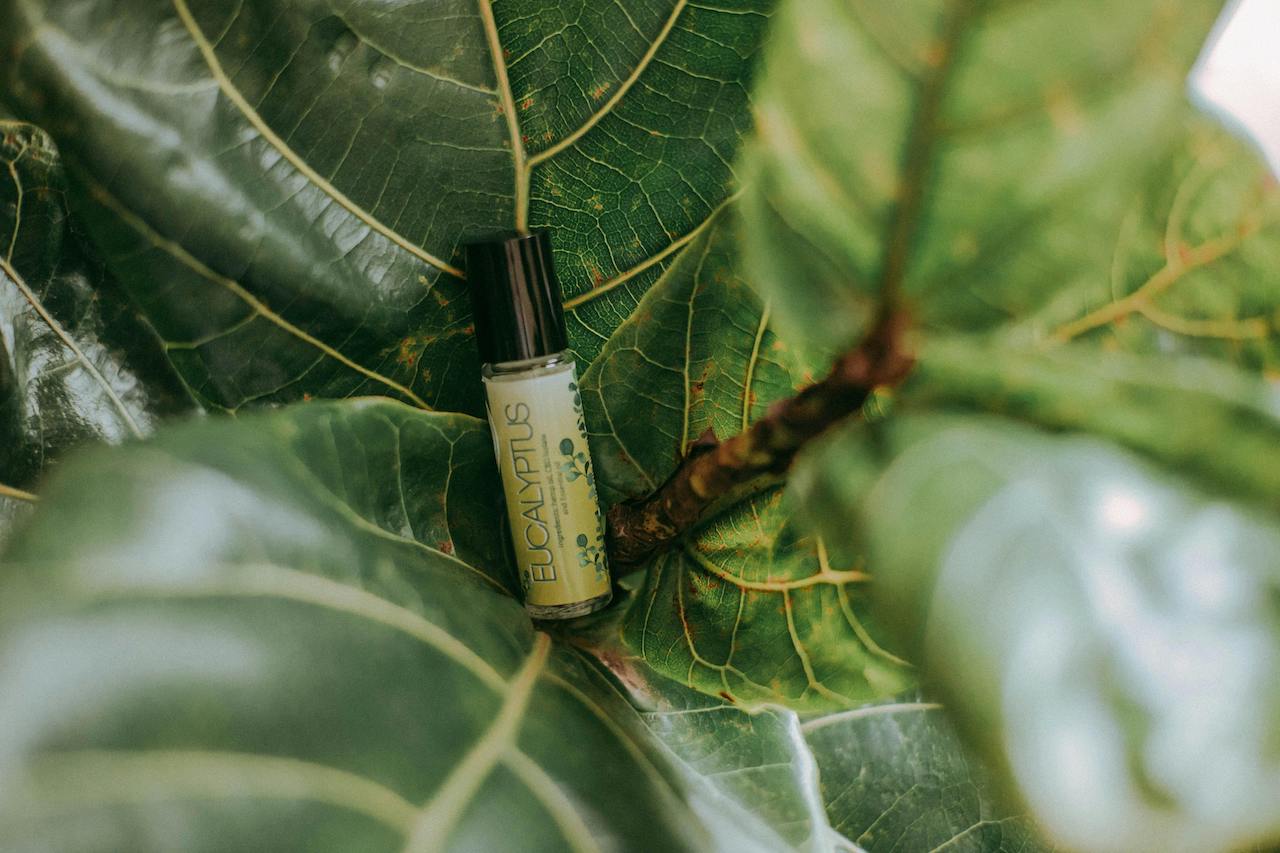
Eucalyptus Oil: Extracted from the leaves of the eucalyptus tree, this oil is recognized for its clear, sharp, and fresh scent. Steam distillation is the common method of extraction.
Frankincense Oil: Sourced from the resin of the boswellia tree, frankincense oil has a woody, spicy smell. The oil is extracted through steam distillation of the dry resin.
Lavender Oil: Derived from the flowers of the lavender plant, this oil is famous for its floral and calming scent. The extraction is typically done through steam distillation of the flower buds.
Peppermint Oil: Sourced from the leaves of the peppermint plant, this oil is known for its refreshing and cooling aroma. It is usually obtained through steam distillation of the leaves.
Pine Oil: Sourced from the needles of pine trees, pine oil has a fresh, forest-like aroma. It is usually extracted through steam distillation of the needles.
Sandalwood Oil: Made from the wood and roots of the sandalwood tree, this oil is known for its rich, woody fragrance. The oil is extracted primarily through steam distillation.
Tea Tree Oil: This oil is made from the leaves of the tea tree, known for its potent and medicinal aroma. Steam distillation is used to extract the oil from the leaves.

Using Essential Oils in Infrared Saunas
Integrate essential oils into your infrared sauna sessions to take your sauna experience to another level of well-being, but realize it demands a careful approach. Choose pure, top quality essential oils from trusted suppliers.
Dilution
Before you enrich your rejuvenation session with essential oils like lavender, eucalyptus, and peppermint, dilute them with water before use. That way the aroma remains pleasurable and avoids overwhelming your senses. Never apply undiluted oils to your skin or take them internally.
Safe Use
Check our article 'How To Use Aromatherapy In Infrared Saunas' for complete safety guidelines on essential oil use in saunas.
Health Conditions
Consult a doctor before use if you have sensitive skin or other health concerns.
So, that was it from us... but we do invite you to continue the journey. Discover the unique mix of these oils with the heat of an infrared sauna for yourself.
And if you enjoyed this post, don’t forget to visit saunace.com and check out our blog — packed with tips, reviews, and all things sauna blankets, PEMF mats, and wellness tech to help you level up your recovery routine at home.
Saunace is supported by its audience. When you purchase through links on our website, we may earn an affiliate commission. Learn about our affiliate policy here.

Diane Sargent
Keep the momentum going – more benefits and insightful articles are just a click away
References
1. Leda Meredith, What Is Difference Between Cold Pressed Oil vs. Essential Oil? eHow, https://www.ehow.com/info_12317089_difference-between-cold-pressed-oil-vs-essential-oil.html
2. J. Tyler Ramsey et al., Essential Oils and Health, PubMed, https://pubmed.ncbi.nlm.nih.gov/32607090/


